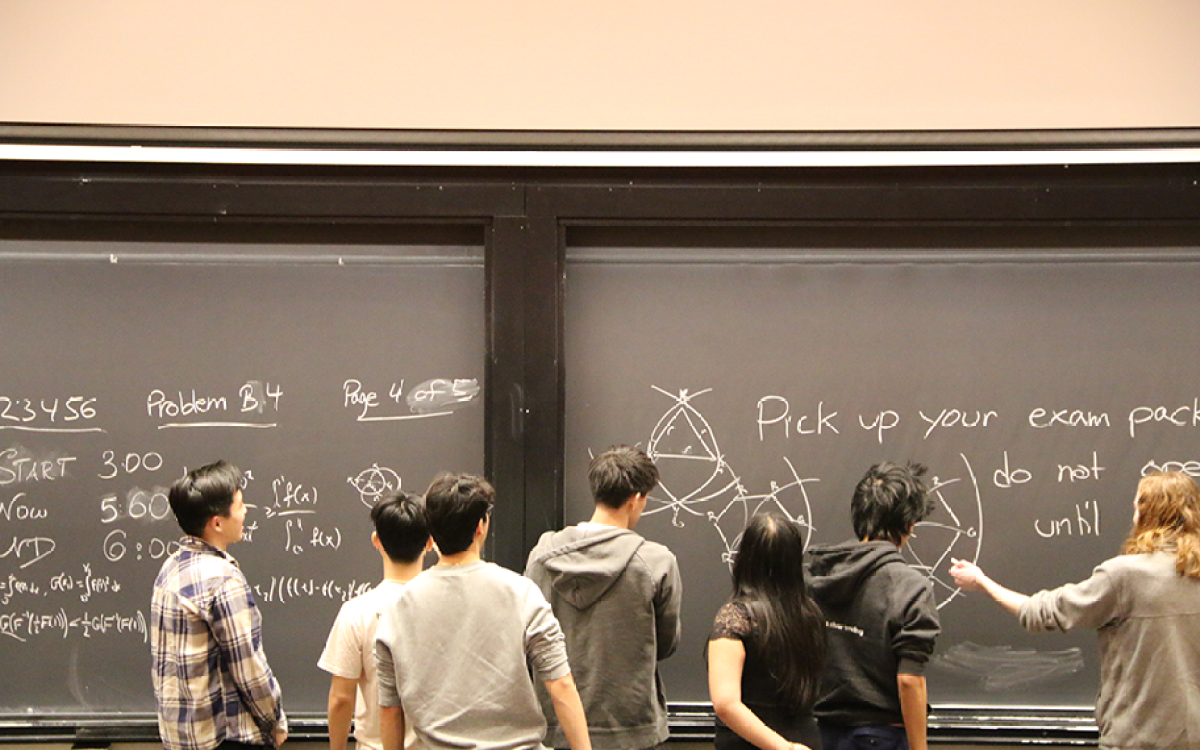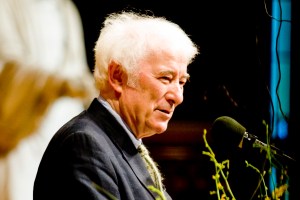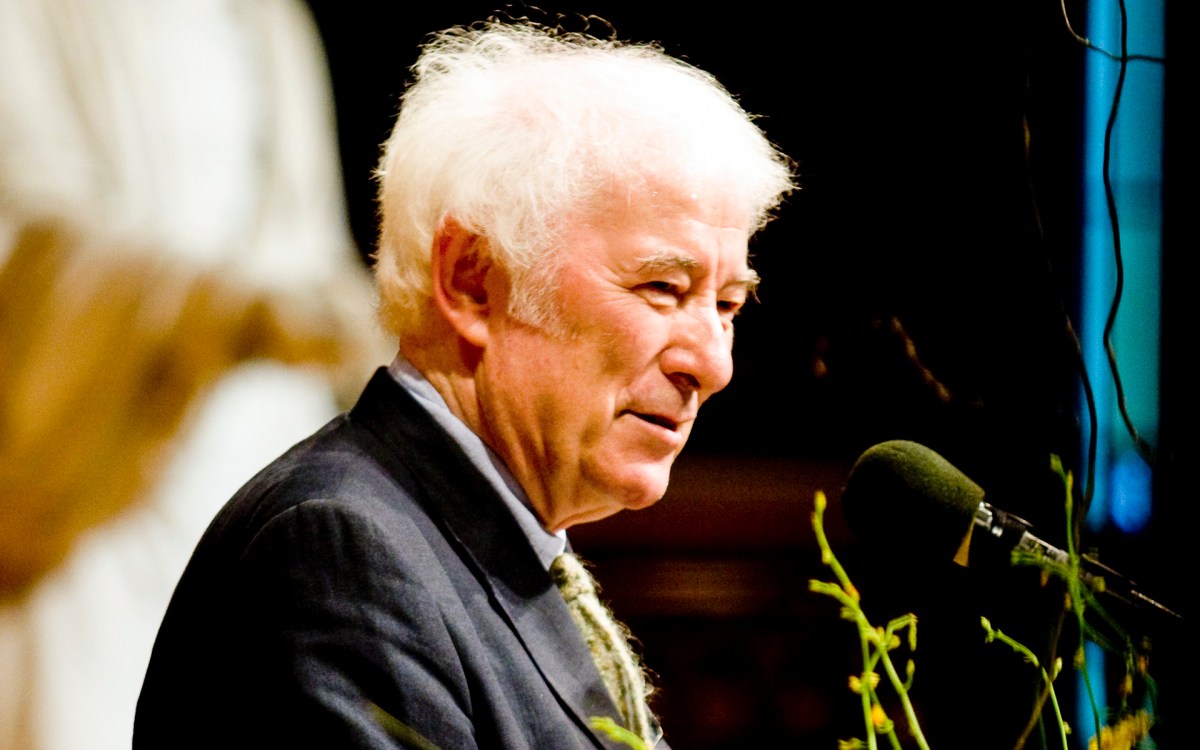New way to map the unique brain organization of individuals
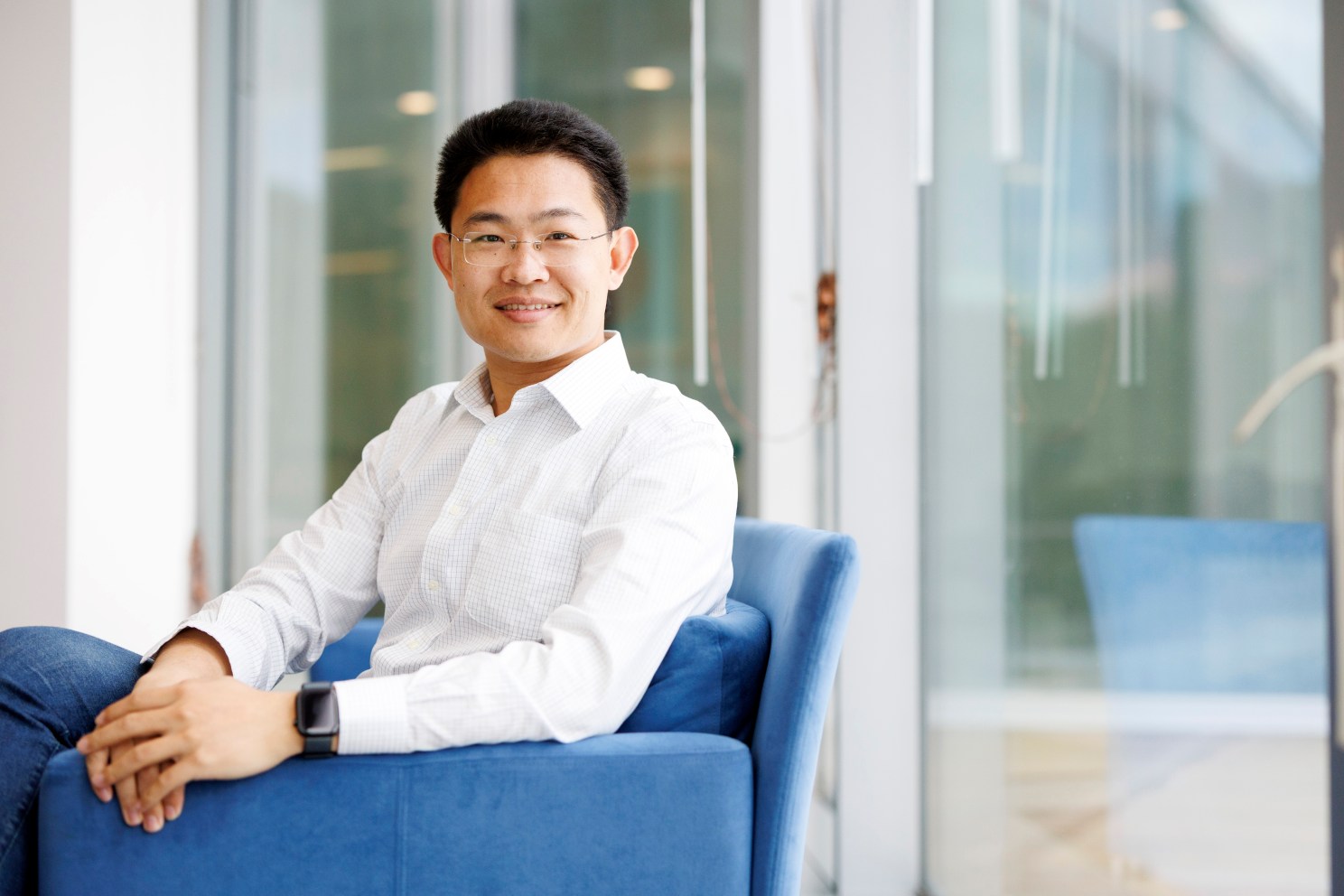
Leading the research was neuroscientist and postdoctoral researcher Jingnan Du.
Stephanie Mitchell/Harvard Staff Photographer
A study published last month in Neuron, led by postdoctoral researcher Jingnan Du, introduces a promising new method for mapping a person’s unique brain wiring. The need for individualized brain maps arise in surgical planning and for a growing array of new therapies that rely on modulating brain circuits non-invasively.
“One of the great challenges in studying the human brain is that each of our brains is slightly different,” said the study’s senior author, Randy L Buckner, Sosland Family Professor of Psychology and of Neuroscience. “Jingnan’s work provides a novel way to efficiently measure the functional organization of each person’s unique brain.”
Du’s early research relied on the traditional method of combining brain scans from hundreds of people, averaging them to create a single, general map. While useful, these techniques provided a generalized view of brain organization, but they blurred the very features that make one brain distinct from the next.
“I realized we needed a different strategy if we wanted to capture the uniqueness of each brain,” said Du, who did this early research at Fudan University in Shanghai. He then joined the Buckner lab where he learned an alternative method. Instead of averaging data from many people, he scanned far fewer, but each one many times.
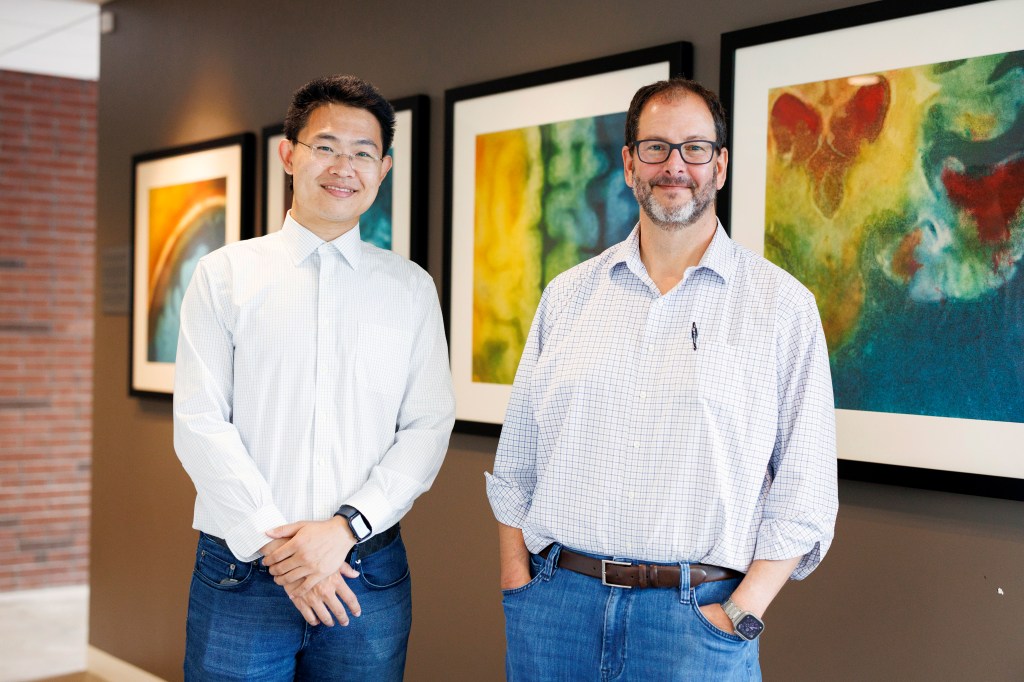
Jingnan Du (left) developed the method in a lab led by Randy L. Buckner, Sosland Family Professor of Psychology and of Neuroscience.
Stephanie Mitchell/Harvard Staff Photographer
“By focusing deeply on each individual, we can see each brain’s functional organization in finer detail. We also found that brain regions responsible for complex thinking like memory and language vary the most from person to person,” Du said.
Traditionally, this kind of brain mapping relied on a special kind of resting-state data, where a person lies still and fixates on a dot — a state in which there is minimal demand on their cognitive processes. However most studies also need task data where people are preforming specific tasks to tap into language and memory functions. However, collecting both resting and task scans separately is time-consuming and demanding for participants.
Du set out to explore a more efficient alternative: could task scans alone reveal the brain’s wiring? The goal was to see if the same patterns of brain wiring emerge even when a person is engaged in a task. Du invented a new approach to remove the task-evoked components and extract the needed data from any arbitrary scan. The results showed that task data is equally effective as resting-state data at mapping brain networks.
“The network patterns from task data were virtually indistinguishable from those in resting-state scans we collected on the same individuals,” Du said.
“By putting together resting-state and task data, Jingnan working with a talented fellow Vaibhav Tripathi, who is an expert on the thalamus, we were able to map this very challenging region for the first time which is a small and deep structure in the brain. Vaibhav had previously attempted such analyses for years and failed; here we succeeded by applying this new method. This is a novel use of the techniques that we hope will inspire others.” Buckner said.
In the past, the resting-state and task scans served very different purposes. It turned out, marrying the two provided far clearer insights on the brain’s innerworkings.
Already, the findings are being explored for clinical applications. Neurosurgeons at the University of Utah are beginning to use the methods from this study to better chart brain areas before surgery, giving them a precise, personalized map of each patient’s unique brain before they operate.
More broadly, the researchers hope this discovery will encourage the scientific community to repurpose existing task scans to learn more about individual brains and shift the trend from “wide, shallow” studies of many people to “deep, precise” studies of individuals.
“It has been amazing to watch Jingnan develop this research project from a clever hunch into a workable tool,” Buckner said. “The ability to map a person’s brain while they simply read or tap fingers opens a new chapter in how we study — and treat — the human mind.”
The research was supported by the National Institutes of Health.
